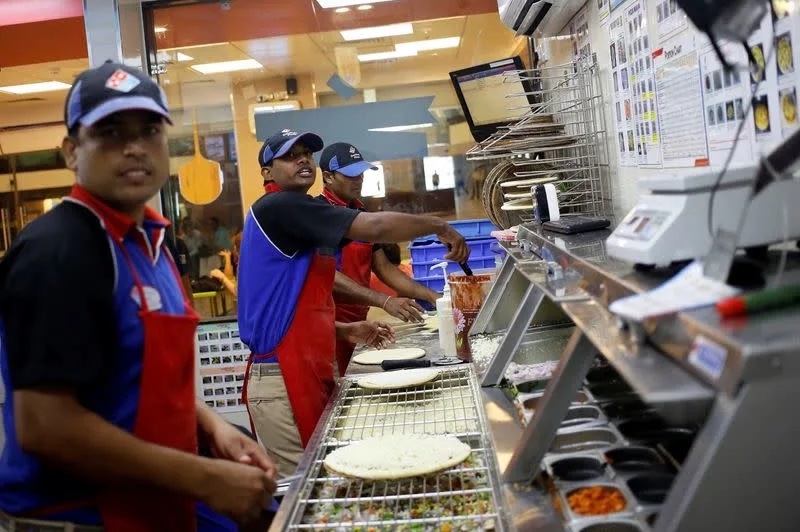India’s service sector growth slumped below expectations to a six-month low in September with weak demand and rising inflation.
The S&P Global India services Purchasing Managers’ Index fell from 57.2 in August to 54.3 in September, dropping beyond a Reuters poll prediction of 57.0.
Despite staying above the 50-mark separating growth from contraction for the 14th straight month – the longest stretch of expansion since October 2016 – the index fell to its lowest since March.
“The Indian service sector has overcome many adversities in recent months, with the latest PMI data continuing to show a strong performance despite some loss of growth momentum in September,” Pollyanna De Lima, economics associate director at S&P Global Market Intelligence, said.
Struggling Demand
Although the new business sub-index, a measure of demand, cooled significantly to its lowest since March it was above 50 for the fourteenth month in a row.
International demand, which has not revived since the onset of the pandemic, remained sub-50 amid global woes although the drop in September was the weakest since January.
Demand slowed as firms raised their prices for a nineteenth month as they faced higher energy, food, labour and material costs.
Controlling Inflation
The Reserve Bank of India (RBI) has raised interest rates by 190 basis points since May to stem inflation and offset some of the effects of aggressive US Federal Reserve hikes that have weakened many currencies, including the rupee.
Foreign reserves in India have declined by nearly $100 billion to $545 billion after the RBI tried to shore up the rupee. They were expected to fall to $523 billion by year-end, a poll found.
“Currency instability poses renewed inflation worries as imported items become more costly, and undoubtedly means that the RBI will continue hiking interest rates to protect the rupee and contain price pressures,” De Lima said.
“An upturn in inflation could damage consumer spending, dampen business confidence and test the resilience of the Indian service sector in the coming months.”
- Reuters with additional editing by Alfie Habershon
Read more:
India’s Reliance to Launch Low-Cost Laptop to Copy Phone Success
Apple iPhone Exports From India Set to Double Next Year – ST
China’s Xiaomi to Protect Interests After Assets Freeze in India
























